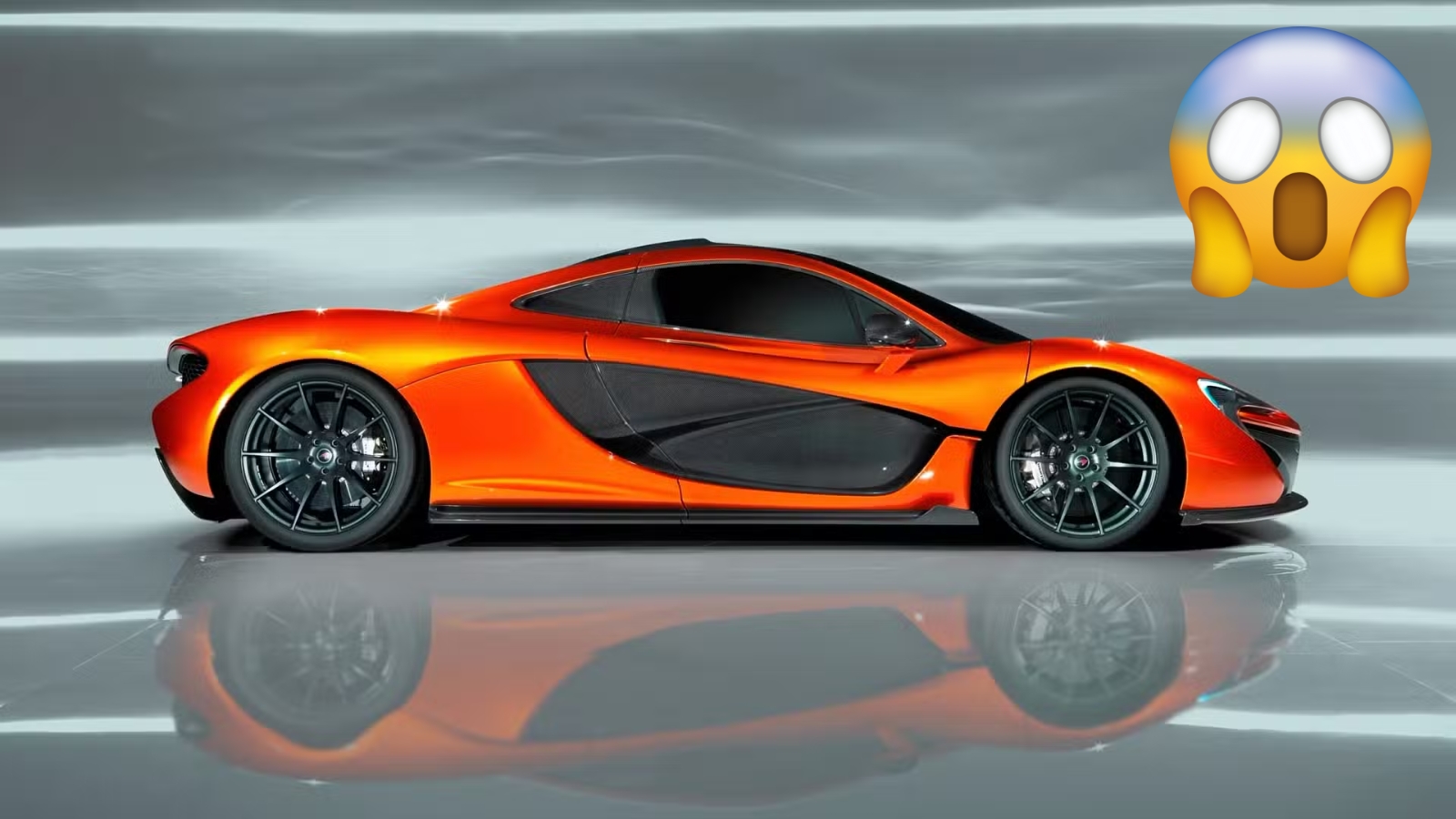When one of the automotive world’s most respected designers weighs in on a revolutionary electric hypercar, enthusiasts listen. Frank Stephenson, the creative mind behind the iconic McLaren P1, recently shared his professional assessment of the Lotus Evija, and his observations reveal fascinating insights about the future of automotive design.
Who is Frank Stephenson and Why His Opinion Matters
Stephenson isn’t just another industry voice – he’s the designer responsible for some of the most celebrated supercars of the modern era. His portfolio includes the McLaren P1, McLaren 12C, and even extends beyond automotive to aircraft design. When someone with his credentials examines a new hyper car, their perspective carries significant weight in understanding what makes exceptional automotive design.

The Challenge of Designing Electric Supercars
Creating an electric hypercar presents unique challenges that traditional combustion-engine vehicles don’t face. Without the dramatic soundtrack and mechanical character of a traditional engine, designers must find alternative ways to create emotional connection and visual drama. The Evija represents Lotus’s ambitious attempt to solve this puzzle.
Aerodynamic Innovation Takes Center Stage
The Evija’s most striking feature lies in its sophisticated aerodynamic management system. The car features dramatically sculpted body surfaces that serve both aesthetic and functional purposes. Air flows strategically over the windshield and around the front wheels, creating beneficial downforce while simultaneously providing cooling benefits.
The side intakes represent a masterclass in functional design, channeling airflow through cavernous openings that feed into the car’s cooling systems. This airflow journey culminates in massive rear openings that integrate seamlessly with the vehicle’s distinctive taillight design.
Venturi Tunnels: Function Meets Drama
Perhaps the most visually dramatic element of the Evija’s design is its Venturi tunnel system. These channels carve through the rear section, creating both visual impact and aerodynamic efficiency. The tunnels don’t just look impressive – they actively manage airflow to reduce drag and improve overall performance.
Design Elements That Work (And Those That Don’t)
| Successful Design Features | Areas for Improvement |
|---|---|
| Muscular front and rear haunches creating powerful stance | Wheel design lacks uniqueness for hypercar segment |
| Innovative laser technology for lighting systems | Could benefit from more distinctive wheel styling |
| Blacked-out teardrop cabin creating cocoon effect | Standard wheel design doesn’t match car’s innovation |
| Dramatically sculpted body openings for airflow | Missed opportunity for revolutionary wheel design |
| Beautifully integrated active aerodynamics | Conventional approach to wheel aesthetics |
| Retractable cameras for drag reduction | Less innovative compared to body design |
The Lotus Philosophy in Electric Form
Colin Chapman’s famous philosophy of “Simplify, then add lightness” faces new interpretation in the electric age. The Evija demonstrates how this principle can evolve while maintaining its core essence. The car achieves complexity through sophisticated aerodynamic solutions while pursuing weight efficiency through advanced materials and engineering.
Innovative Details That Impress
Several specific design elements showcase the attention to detail that separates exceptional automotive design from merely good styling. The active DRS flap integrates seamlessly into the diffuser system, appearing only when aerodynamic conditions demand its presence. The retractable camera systems prioritize aerodynamic efficiency when the technology isn’t needed.
Even small touches demonstrate thoughtful design integration. The Lotus ‘T’ logo doubles as the reverse light system, showing how functional elements can reinforce brand identity without compromising practicality.
What This Means for Electric Hypercar Future
The Evija’s design approach suggests a promising direction for electric performance vehicles. Rather than simply replacing combustion engines with electric motors, successful electric hypercars must reimagine the entire vehicle architecture. Aerodynamic efficiency becomes paramount when range and cooling management are critical factors.
Stephenson’s positive assessment indicates that traditional automotive design expertise remains valuable in the electric transition. However, designers must expand their thinking to accommodate new priorities like battery cooling, aerodynamic efficiency, and creating emotional connection without traditional engine drama.
The Verdict: Innovation with Room for Growth
The expert assessment reveals a vehicle that successfully tackles most challenges of electric hypercar design. The sophisticated aerodynamic management, integrated active systems, and attention to functional details create a compelling package that honors Lotus’s engineering heritage while embracing electric future.
However, certain elements like wheel design suggest opportunities for even greater innovation. In a segment where every detail should push boundaries, conventional approaches to any component seem like missed opportunities.
The Lotus Evija represents bold thinking in automotive design, proving that electric hypercars can create their own unique character rather than simply mimicking combustion-engine predecessors. Stephenson’s professional endorsement validates this approach while highlighting areas where future iterations might push even further into uncharted design territory.
Frequently Asked Questions
Q: What makes Frank Stephenson’s opinion particularly valuable?
A: As designer of the McLaren P1 and other iconic supercars, Stephenson brings deep expertise in hyper car design and aerodynamics.
Q: How does the Evija handle the challenge of electric hyper car design?
A: Through sophisticated aerodynamic management, integrated active systems, and innovative body sculpting that creates drama without engine sound.
Q: What aspects of the Evija’s design could be improved?
A: The wheel design stands out as less innovative compared to the car’s otherwise cutting-edge approach to hyper car styling.
2026 Koenigsegg Supercar to Skip EV Tech, Says It Feels Robotic
